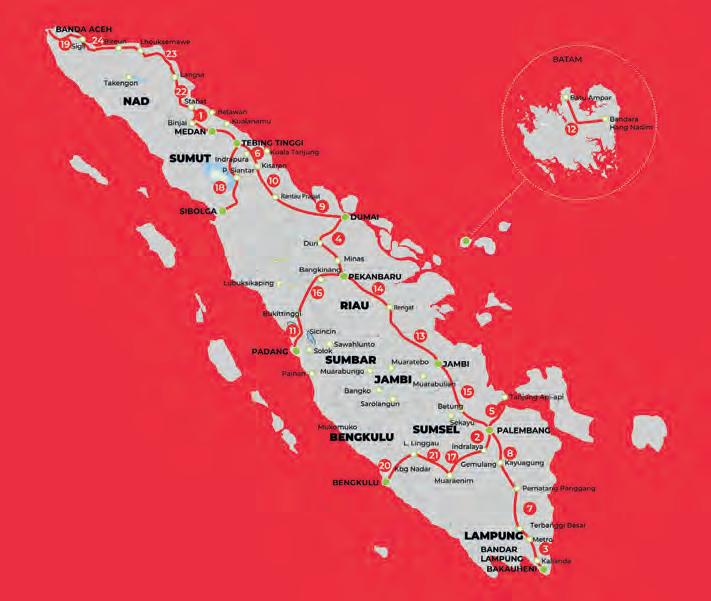THE GLOBAL MAGAZINE FOR GEOMATICS WWW.GIM-INTERNATIONAL.COM
INTERNATIONAL
SPECIAL EDITION:
PRESTIGIOUS PROJECTS
ISSUE 5 2021 • VOLUME 35
The Versatility of UAVs in a Remote and Rugged Archipelago
The Challenges of Surveying the Faroe Islands
REVEALING CHERNOBYL RADIATION HOTSPOTS WITH LIDAR TECHNOLOGY HIGH-RESOLUTION TOPOGRAPHY OF A WORLD HERITAGE CAVE LARGE-SCALE UAV-LIDAR SURVEY IN THE TROPICS
01_cover.indd 1
13-07-21 13:43






